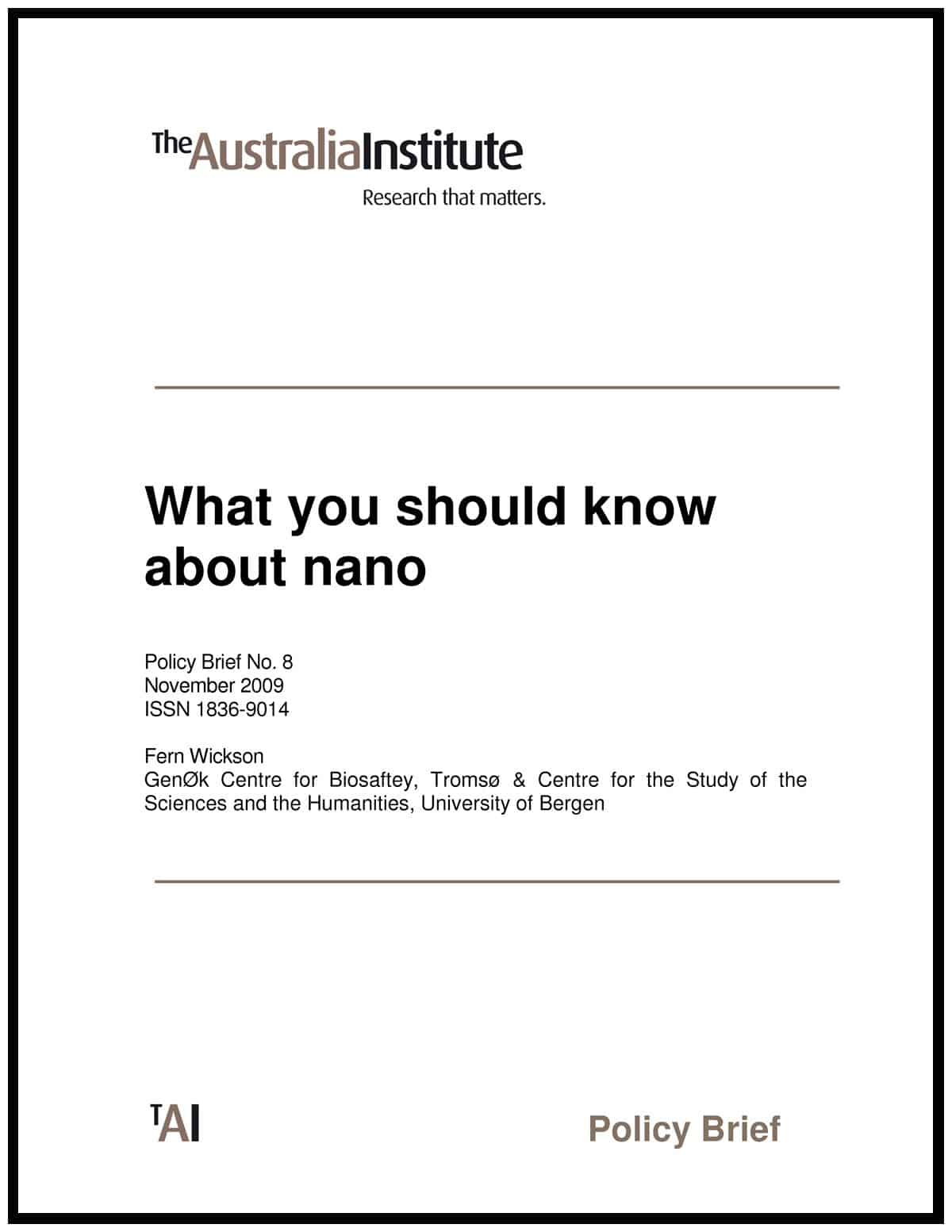On November 25 2009, NPR’s show Talk of the Nation conducted some discussions with truckers on their safety needs for the first part of the program. (Audio is available HERE)
The emphasis was on the conduct of drivers in vehicles and trucks but there is some discussion on the VORAD forward radar system applied to one of the tucks. It was refreshing to hear from a user of this technology which sounds almost like an advanced proximity system that has become common in aircraft.
There is considerable time spent with William Cassidy, the Managing Editor of Journal of Commerce. Cassidy discusses the pressures to speed and, thankfully, mentions some of the organisational pressures, such as paying by the mile.
One talkback caller says that fatigue from driving a car is different from driving a truck. Although a truck cabin may be full of more distractions than the cabin of a car, the caller says that the constant distraction equates to greater attentiveness.
Logic does not necessarily apply to driving but if we accept the caller’s position on truck driving being less fatiguing because of increased vigilance, would riding a motorcycle be even safer because of the need for the rider to constantly maintain balance?
Cassidy talks about the importance of perspective in considering these issues, the same reason for everyone’s common sense being slightly different.
He also discusses the “hours of service” rules, driving and rest limits that may be familiar to those of us outside the United States.
Dan Little, owner of the Little & Little Trucking Company, says that education at high school level would be the most successful measure for increasing safety for truck drivers. The US has a system of driver education in the school system that few other countries have so truck awareness in this context may be useful.
Placing the responsibility on an individual is a popular perspective and one that we can see reinforced on a daily basis but by focusing too much on this perspective reduces the need to innovative design of motor vehicles. It also necessary to consider any viable alternative freight transport options.
Many listeners will also be familiar with some of the discussion about the reliability of regulatory data collection. It is an argument that is echoed in many Western countries, particularly on the issue of uniformity of rules, consistency and harmonisation.
Little’s complaints about fatigue assessment by regulators is an argument that each country that is introducing fatigue regulations needs to consider. The comments also indicate the type of perspective that regulators will need to counter or integrate in their enforcement strategies.



 Individually, employees can convince themselves that they are indispensable. The risk, from the workplace safety perspective, is that the individual is not accessing the mental health and stress relief that can come from being away from a workplace for several weeks.
Individually, employees can convince themselves that they are indispensable. The risk, from the workplace safety perspective, is that the individual is not accessing the mental health and stress relief that can come from being away from a workplace for several weeks.